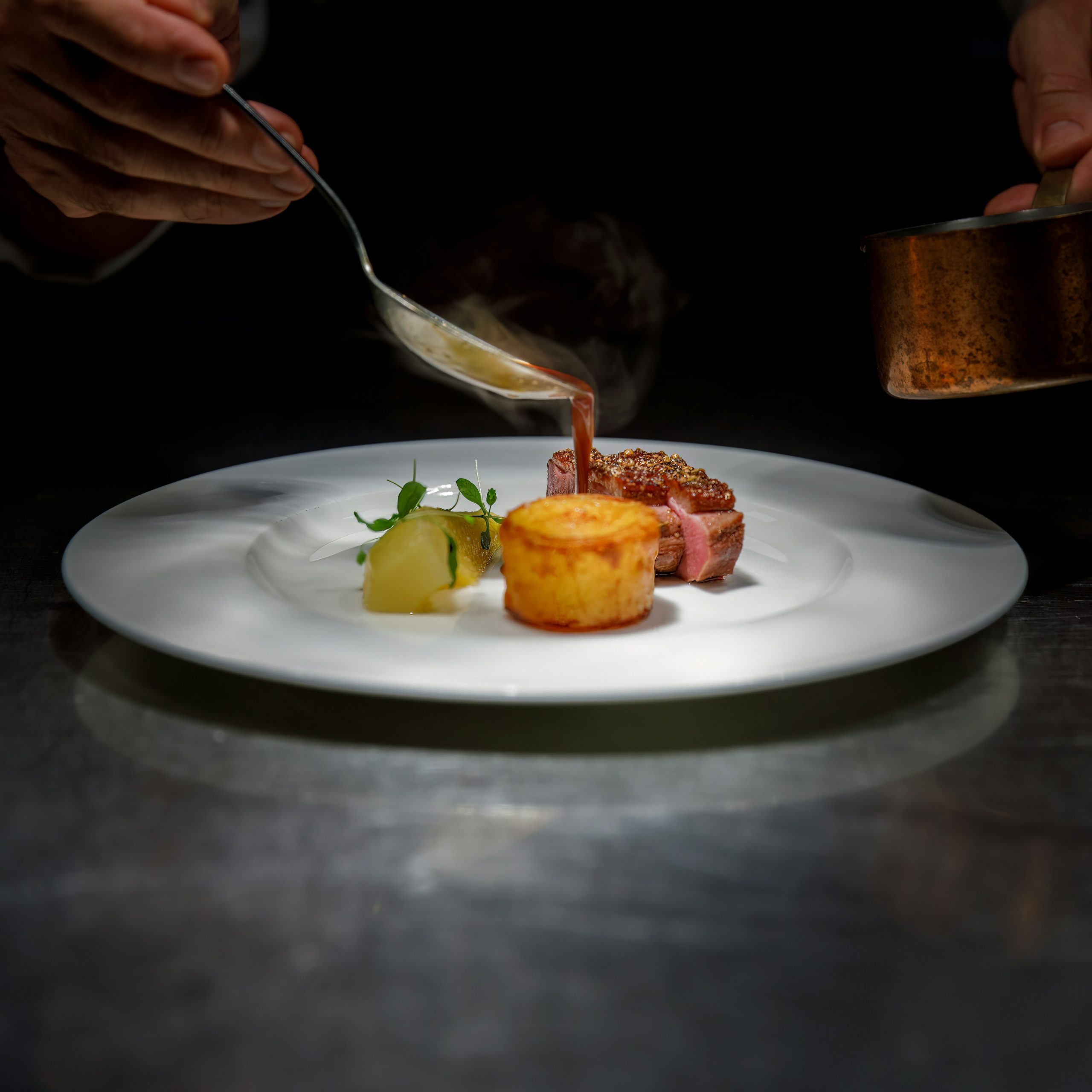
Why Japan and Colombia Should Be on Every Food Lover’s List 2024
Tourist destinations not only offer entertainment and an immersion into different cultures but also represent an opportunity to explore and enjoy local cuisine. As Confucius said, “To know how to eat is to know how to live,” and on these journeys, you never stop learning… or eating!
In the search for unique culinary experiences, Japan stands out as the Ivy League of world gastronomy.
In the international gastronomic scene, Japan occupies a prominent place, attracting travelers and food lovers from around the globe. Recognized in prestigious digital magazines like Travel + Leisure and National Geographic, this country is renowned for its traditional cuisine, washoku, which is distinguished not only by its exquisite taste but also by its focus on sustainability and respect for nature. The inclusion of washoku as a UNESCO Intangible Cultural Heritage underscores its cultural importance and value.
In addition to its rich culinary tradition, Japanese culture is known for matcha, a green tea beverage that has gained popularity in recent years and whose demand continues to increase. Although its origin is attributed to China, Japan has adopted and elevated this beverage to a symbol of its gastronomic identity.
Colombia as the New Bet, Beyond Its Coffee…
On the other hand, Colombia emerges as a new contender on the world gastronomic map. While its tourism reputation has grown in recent years due to its economic appeal, its cuisine has also captured the attention of travelers. The diversity of cultural influences in Colombia, from Africa and Arabia to the Caribbean and Spain, is reflected in the complexity and richness of its dishes. Moreover, the fertility of its land and its various climatic conditions favor the production of a wide variety of fresh, high-quality products.
In summary, both Japan and Colombia offer unique culinary experiences that combine tradition, innovation, and rich cultural diversity. These destinations not only satisfy the most discerning palates but also provide a window into the stories, flavors, and traditions that shape their gastronomic identity.



